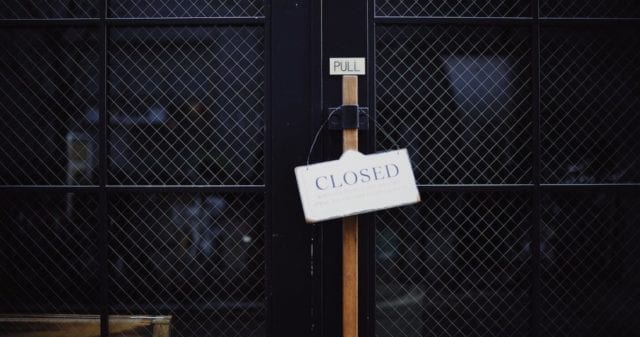As a business owner, you have a lot to worry about – from payroll to inventory, from customer complaints to managing income and expenses. One thing you don’t need to worry about is how you’ll handle a disaster. You can’t prevent disasters, but you can prepare for them.
When you put together a workplace disaster plan, you’ve taken one more step in protecting your business and your employees. Here’s how to put together and implement a workplace disaster plan.
FORM AN EMERGENCY PLANNING TEAM
This team should be made up of both hourly employees and staff. Their job is to come together and brainstorm worst-case scenarios of what could go wrong. They look at known possibilities like flooding or fire to company-specific issues like chemical spills or other hazards related to your business. From those scenarios, they help put together a plan for what should be done during a disaster.
CREATE A WRITTEN POLICY
With the help of your emergency planning team, create a written policy of what to do when a disaster strikes. This includes information on how employees are notified, what is done in and around the building, and the chain of command for communication. You should also list individual and team responsibilities for disaster preparation like protecting equipment, moving inventory, and other preventative measures that you can take if given enough warning of a disaster — like a hurricane or potential flood.
FIGURE OUT THE BEST METHOD OF COMMUNICATION
When disaster strikes — or it’s on the way — how will you communicate with your employees? Will you text message everyone? Will everyone receive a phone call? Is there a communications system in place that you can use? There is no single right answer, and each type of disaster (weather related, chemical spill, or otherwise) may need it’s own method. One decision you’ll need to make, based on the type of communication used, is who will notify whom. A phone tree is one way to determine the hierarchy of communication with multiple levels of notification so that everyone gets the message as soon as possible.
EVACUATION ROUTES
Of course your business has clearly marked exit signs or evacuation routes, but how many people actually pay attention to them? In your disaster preparations, emphasize learning and knowing these routes in case an emergency occurs while people are in the building. You’ll want to educate your employees with training, communication, and even practice drills.
TRAINING AND IMPLEMENTATION
The best plan in the world doesn’t mean much if no one knows about it or how to use it. Once you’ve got your emergency plan in place, it’s time to roll it out to your employees. Schedule meetings and training sessions to go over it with existing employees. Make sure it’s part of new-hire training. Even more importantly, schedule regular trainings after the initial implementation. Because it’s not something that will be used on a regular basis, the information will be forgotten over time.
CHECK YOUR INSURANCE COVERAGE
While you’re putting a plan into place to protect your business and your employees, make sure you have the right amount of insurance coverage, too. At the bare minimum, you need property insurance to protect against common disasters like fire, lightning, theft, and vandalism. Talk to your insurance agent about flood insurance and other types of coverage to better protect your business.
Contact Charlotte Insurance today to make sure your business has the right kind and amount of insurance coverage to help you in an emergency. This way you’re ready before disaster strikes.

